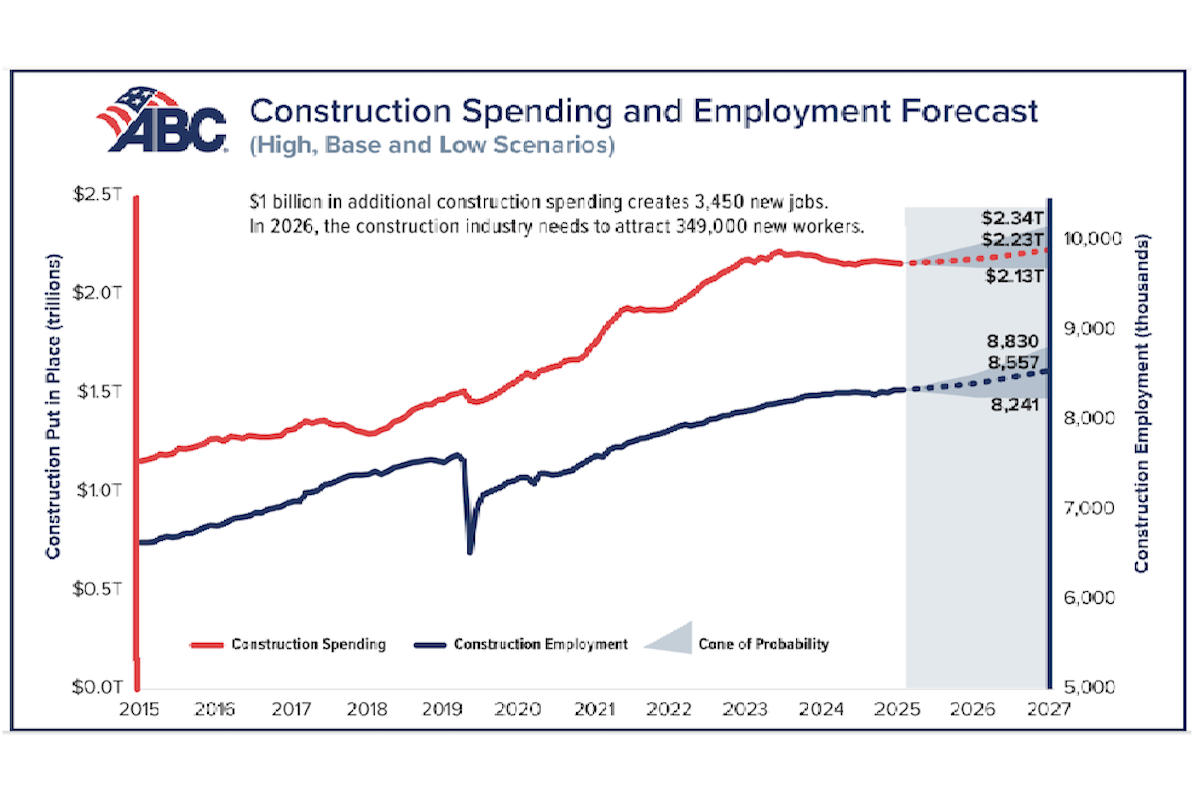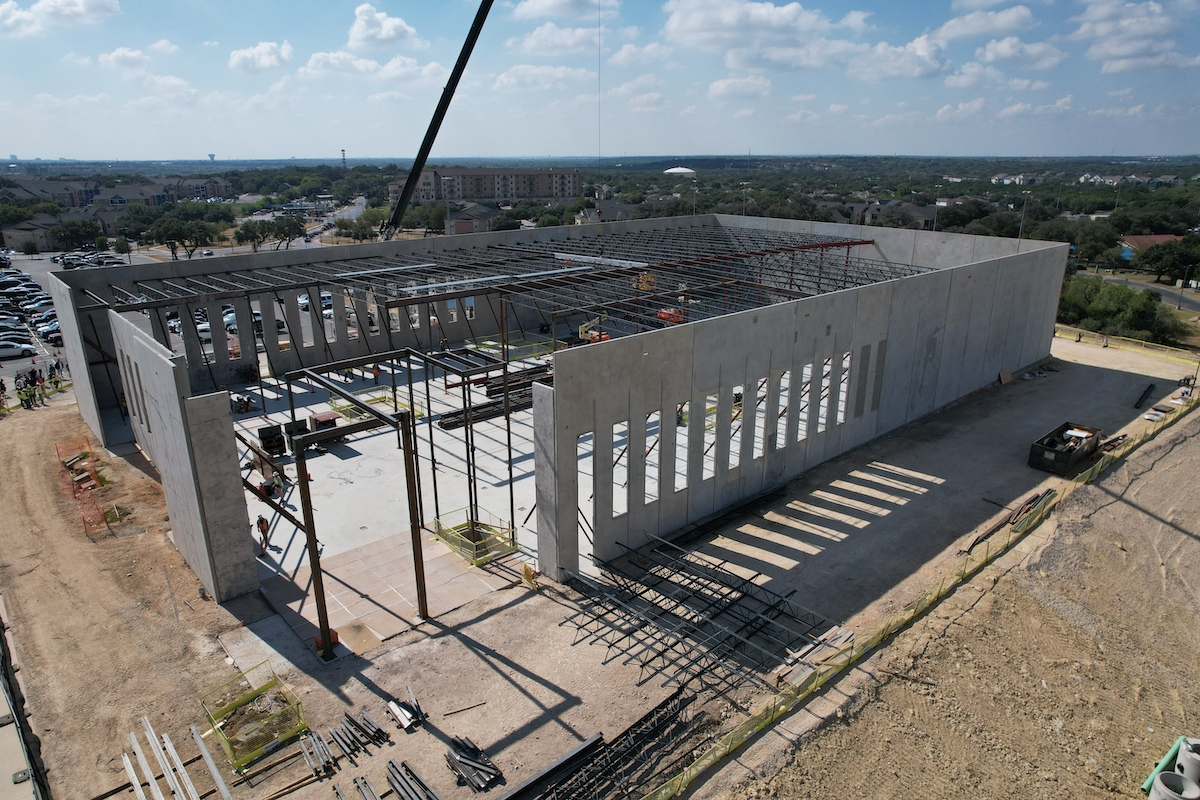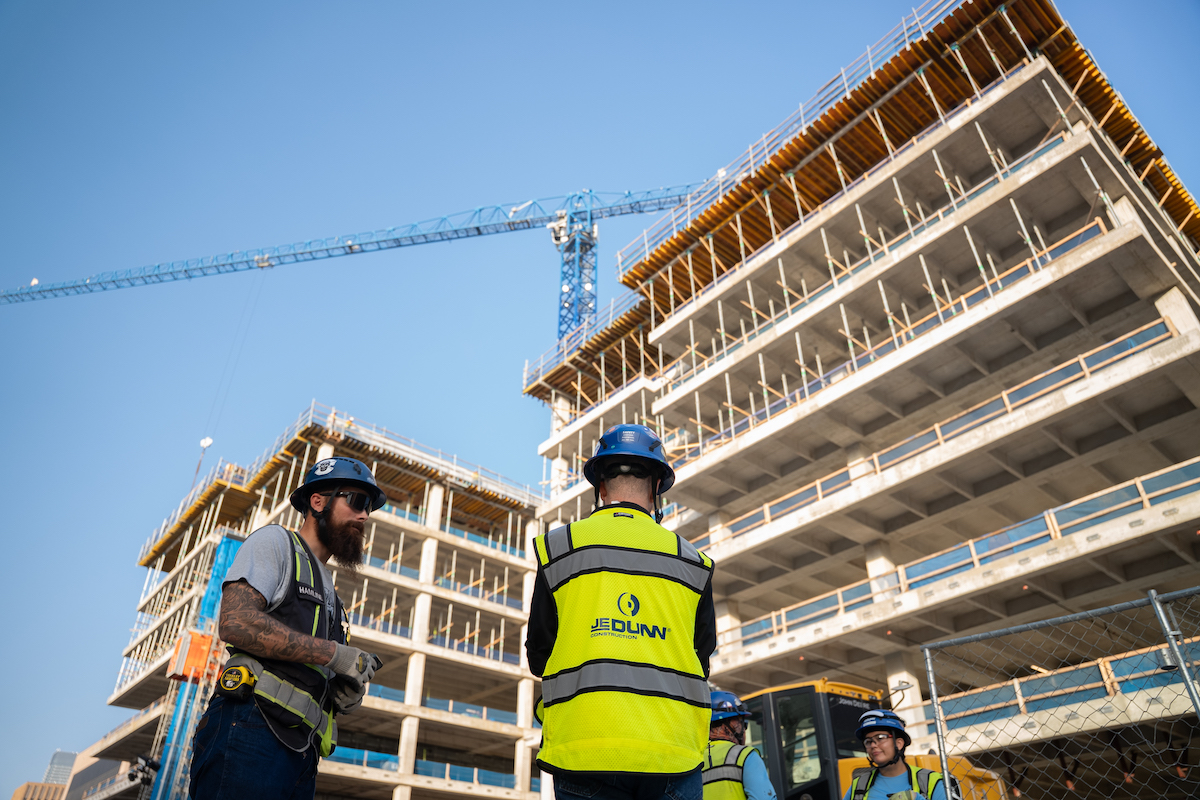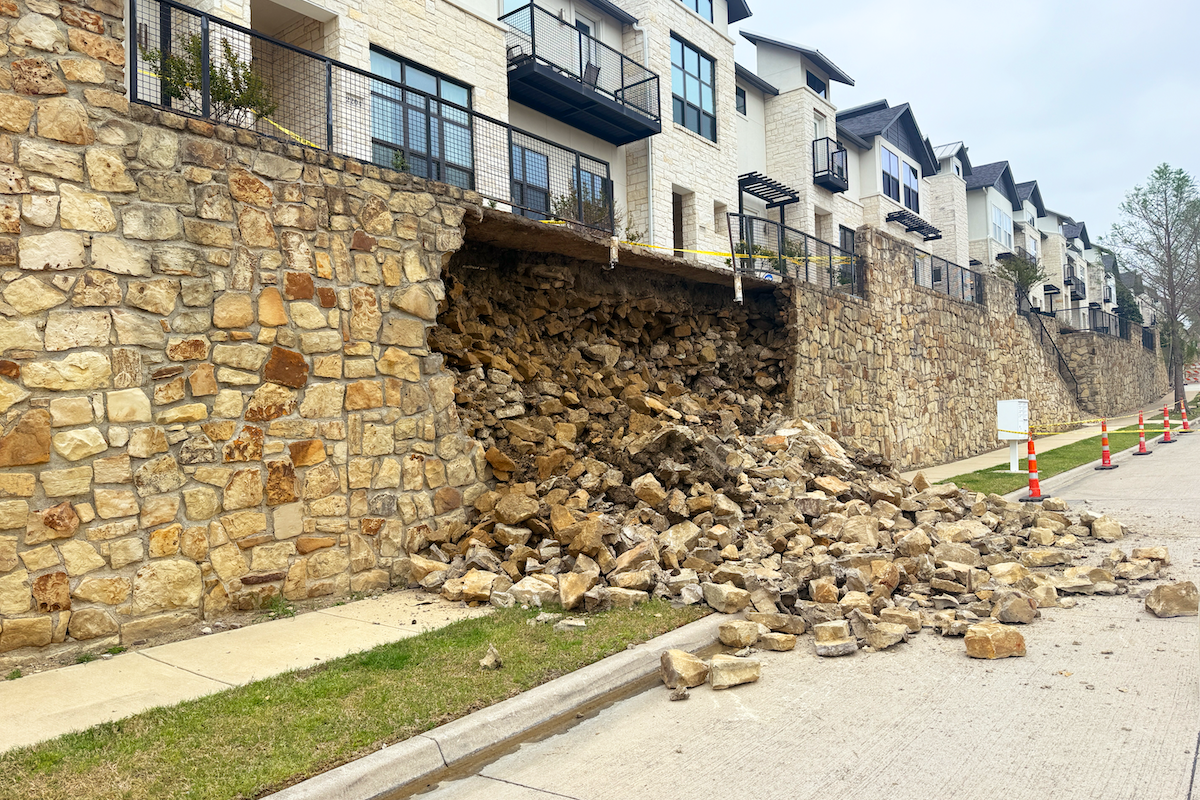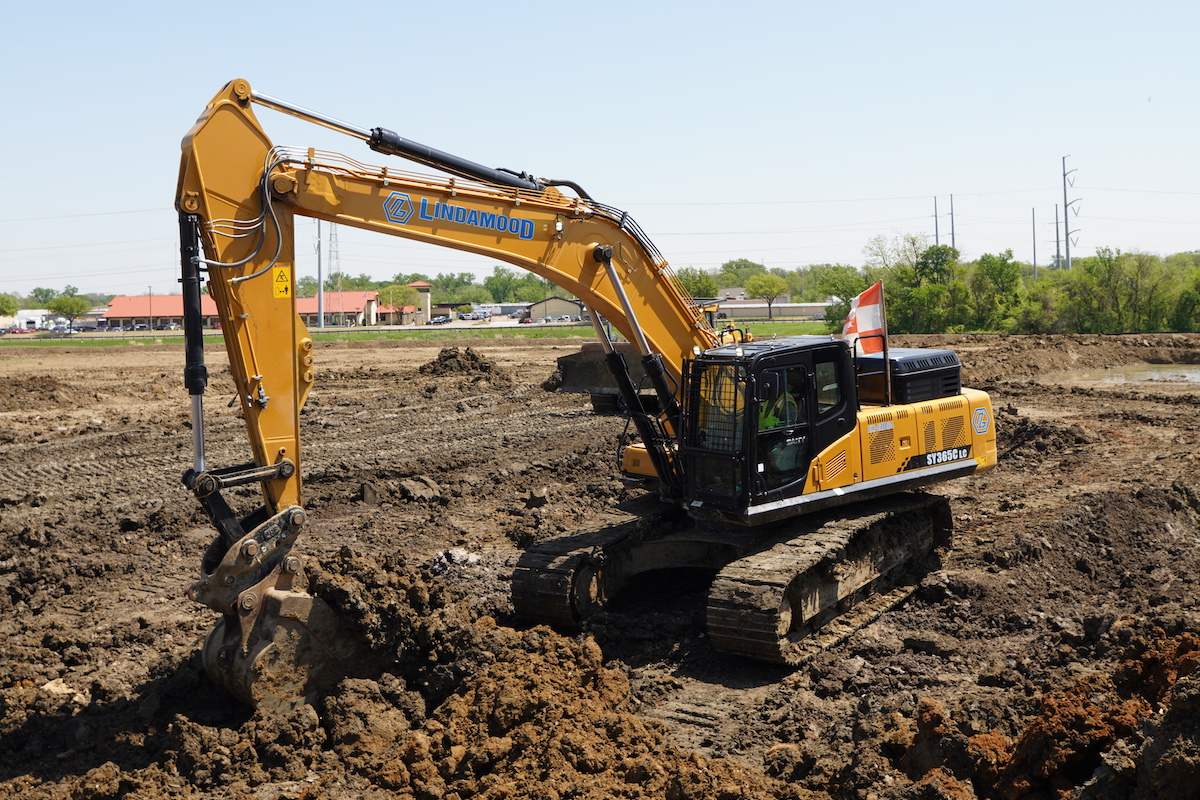While ESG may not carry the same weight yet in the United States, this trend is not slowing down anytime soon. Unlike in Europe, the adoption of ESG standards in the U.S. may come about more as a result of public pressure than from regulation.
Millennials value social impact more than previous generations. As they start to become the key decision makers and investors, real estate organizations will need to have clear ESG policies to attract their capital.
So what are the opportunities for the real estate owners and operators?
There are alternatives to concrete that help lower its environmental impact. Grasscrete is a method of laying concrete that allows for grass and other flora to grow. Not only does this reduce concrete usage, but it also improves stormwater absorption and drainage. There are similar hybrid materials, including HempCrete, AshCrete and Timbercrete. While these alternative materials may be an option for some projects, there are still other opportunities for concrete buildings to target lowering emissions.

| Your local Bobcat dealer |
|---|
| Compact Construction Equipment, Inc |
| Bobcat of North Texas |
Utilities consumption is another highlighted area. Saving energy not only helps the environment but also reduces operating costs. The LEED rating – which stands for Leadership in Energy and Environmental Design – is the mostly widely used green building rating system in the world. There are more than 35,400 LEED-certified projects representing more than 6.4 billion gross square feet of space. Certification as well as other consumption reduction initiatives must be considered during initial planning and development phases in order to be efficiently executed from a cost perspective.
- The Global Real Estate Sustainability Benchmark had the highest participation rate by number of companies in the top 100 public REITs. Directly targeting real estate portfolios, GRESB benchmarks are based on metered and actual data that relies on third-party validation.
- Carbon Disclosure Project is a not-for-profit charity that runs a global environmental disclosure system, marking scores on both cities and organizations for their ESG standards. More than 800 cities and 8,400 companies worldwide report through the Carbon Disclosure Project.
- The Global Reporting Initiative is an international independent standards organization that helps businesses and governments understand and communicate their impact on ESG factors. The initiative was a pioneer in sustainability standards and has been around for more than 20 years.
ESG considerations will become all the more vital in the coming years for all types of real estate companies. Some will be motivated solely by the desire for social change and see a responsibility to help the environment. Others will at least see the financial benefit through reduced operating costs and lower turnover.
Without proper action and communication of these efforts, real estate owners and operators may be left behind trying to fill vacant space and unable to compete in finding capital.




